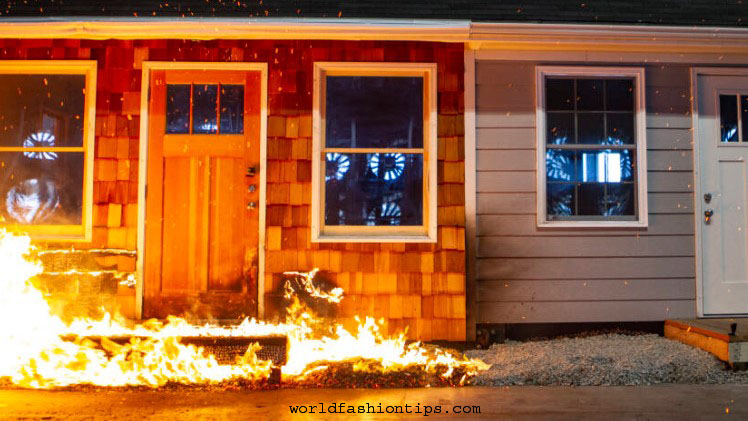
Introduction:
In order to avoid fire damage to buildings during emergency situations, fire resistance ratings in building construction are crucial. Not only can they limit the spread of fire, but they can also help prevent property loss and casualties during fires by controlling the rate at which heat and smoke spread through your building. However, many people believe that these fire resistance ratings are overly complicated and that it’s better to get them from the manufacturer of your material.
This article explains why this is unwise and how to make sure your contractors are providing you with accurate information when it comes to selecting materials. high fire resistance ratings.
1. What are fire resistance ratings?
Fire resistance ratings are designed to classify a building’s vulnerability to fire. The most common classifications are based on how long a building can resist fire before burning or collapsing. These classes are typically subdivided as A, B, C, and D. For example, a Class A building will be able to withstand exposure to heat and flames for an extended period of time while Class D is the least resistant and can burn quickly due to its combustible materials.
2. What are the most important materials to protect?
Fire resistance ratings are important because they determine the level of protection a building material provides in the event of a fire. These ratings are determined through tests that measure how quickly and how intensely
flames will spread through the material, as well as the time it takes for a fire to burn out.
3. How do fire resistance ratings work?
In order to ensure the safety of building occupants, fire resistance ratings are used to calculate the amount of time a material can withstand exposure to heat and fire. The three most common methods for rating fire resistance are ASTM E119, UL 1023, and NFPA 285.
4. What should I do if I have an older home?
If you have an older home, it’s important to identify any areas that may be vulnerable to fire. Older buildings often don’t have the same type of fire resistance as newer construction does, so this is a concern for homeowners. One way to identify potential problem areas is by requesting a Certificate of Occupancy from your local building department. The CO will show you when the building was constructed and what safety features it has, such as fire sprinklers or smoke detectors.
Conclusion:
The importance of fire resistance ratings cannot be underestimated. Apart from ensuring the safety of occupants by keeping them protected from internal or external fires, the ratings also assess the potential for the spread of fire and smoke.
Furthermore, it is a measure of impact resistance that all materials should comply with under different conditions, thereby protecting both the occupants of a building and the firefighters or other first responders who will have to face any such emergency.




